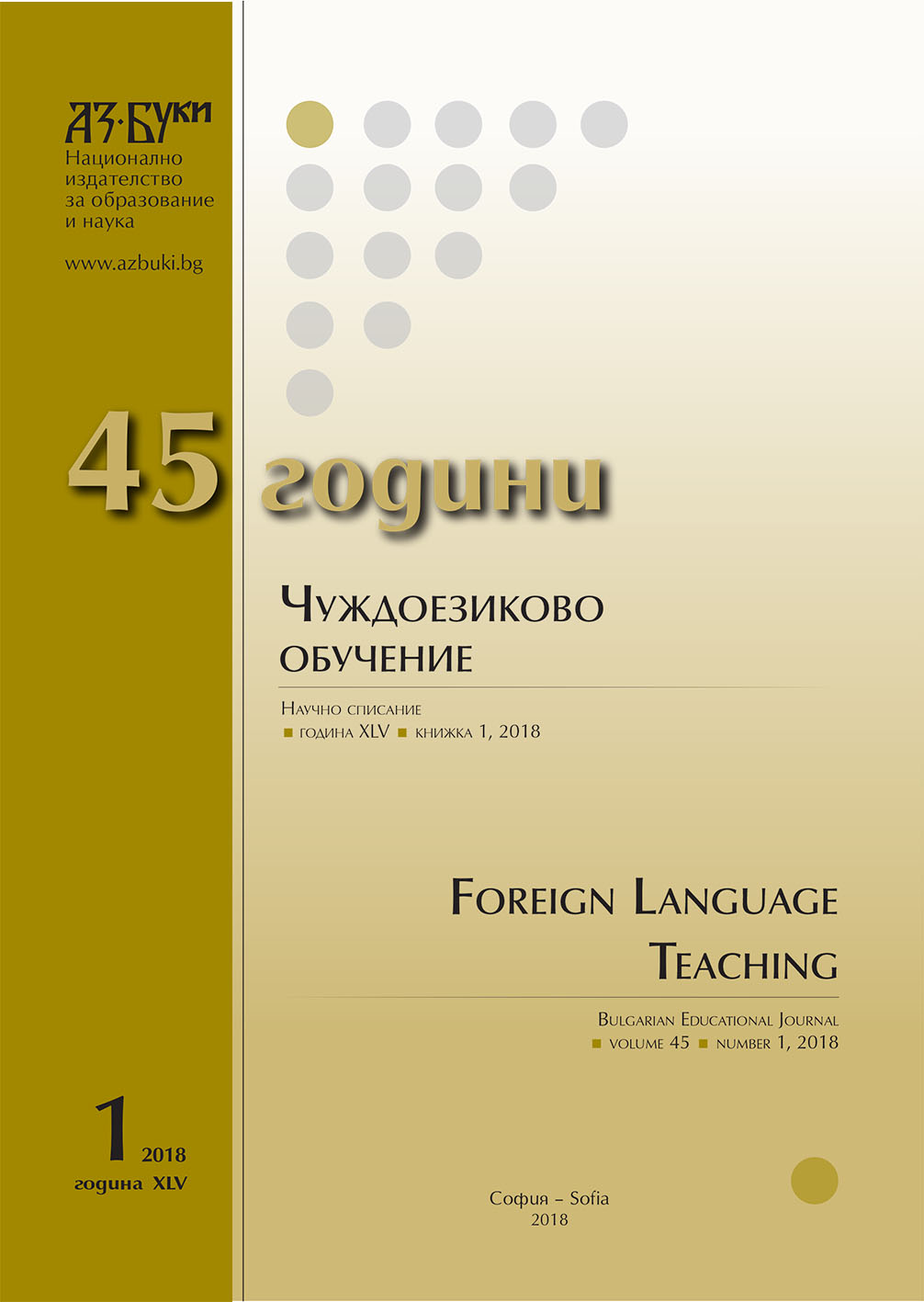
We kindly inform you that, as long as the subject affiliation of our 300.000+ articles is in progress, you might get unsufficient or no results on your third level or second level search. In this case, please broaden your search criteria.

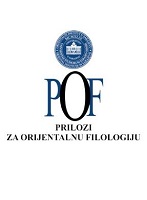
Reviews of: Esad Duraković, "Klasično pjesništvo na arapskom, perzijskom i turskom jeziku. Poetološki pristup", Orijentalni institut u Sarajevu, Posebna izdanja LII, Sarajevo, 2018, 367.; by: Dželila Babović "Katalog arapskih, turskih i bosanskih rukopisa Muzeja Hercegovine Mostar", obradile Dželila Babović, Madžida Mašić, Orijentalni institut u Sarajevu, Muzej Hercegovine Mostar, Sarajevo 2017, 187.; by: Aida Smailbegović Ekrem Čaušević, "Ustroj, sintaksa i semantika infinitnih glagolskih oblika u turskom jeziku", Ibis grafika, Zagreb 2018, 358.; by: Goran Pavelić Marzanna Pomorska, "Russian loanwords in the chulym turkic dialects", Księgarnia Akademicka, Kraków 2017, 266.; by: Ekrem Čaušević Ewa Siemieniec-Gołaś, "Anonymous italian-turkish dictionary from the Marsigli collection in Bologna", Księgarnia Akademicka, Kraków 2015, 172.; by: Ekrem Čaušević "A Crimean Karaim - English Dictionary", Gulayhan Aqtay and Henryk Jankowski. Department of Asian Studies, Faculty of Modern Languages and Literatures, Adam Mickiewicz University in Poznan, Poznan 2015; cca. 10 000 riječi, 493.; by: Goran Pavelić Alena Ćatović, "Tragom priče o šejhu Sanʼānu: Hasan Zijaija Mostarac i njegova pripovijest o šejhu Abdurezzāku", Posebna izdanja L, Orijentalni institut, Sarajevo, 2017, 288.; by: Madžida Mašić M. Fatih Köksal, Sana Benzer Güzel Olmaz, "Divan Şiirinde Nazire", Büyüyen Ay Yayınları, İstanbul, 2018, 190.; by: Madžida Mašić Aladin Husić, "Crna Gora u defteru Dukađinskog sandžaka iz 1570. godine", Posebna izdanja LI, Državni arhiv Crne Gore i Univerzitet u Sarajevu – Orijentalni institut, Cetinje – Sarajevo, 2017, 282.; by: Muamer Hodžić Faruk Taslidža, "Bosanski ejalet u doba Bečkog rata (1683-1699)", Izdanja Federalnog ministarstva obrazovanja i nauke, knj. 12, Mostar 2017, 220.; by: Adis Zilić "Bosna i Hercegovina u spisima Ahmeda Dževdet-paše", prevela s osmanskog i priredila Kerima Filan, Connectum, Sarajevo 2017, 262.; by: Amina Šiljak-Jesenković Hana Younis, "Od dućana do pozorišta: sarajevska trgovačka elita 1851-1878", Historijske monografije, knjiga 15, Institut za historiju, Sarajevo, 2017, 357.; by: Alma Omanović-Veladžić "Katalog osmanskih dokumenata (I)", obradila Azra Gadžo-Kasumović, Gazi Husrev-begova biblioteka u Sarajevu, Sarajevo 2018, 448.; by: Nihad Dostović Agron Islami, Selim Selimi, Hatixhe Ahmeti, "Epitafet në gjuhën Osmane: deshifrimi dhe përkthimi i tyre në regjionin e Prishtinës", Fakulteti i Studimeve Islame, Prishtinë, 2017, 133.; by: Nedim Zahirović Selami Şimşek, "Tasavvuf Edebiyati Terimleri Sözlüğü", Litera yayıncılık, Istanbul 2017, 416.; by: Aida Smailbegović İbrâhîm Hâs Halvetî, "Erenler Kitabi: Tezkiretü’l-Hâs", haz. Mustafa Tatçı, Musa Yıldiz, Yasin Şen, H Yayınları, İstanbul, 2017, 625.; by: Madžida Mašić İsam Tahkikli "Neşir Kilavuzu", haz. Okan Kadir Yılmaz, Türkiye Diyanet Vakfı Yayınları, Ankara, 2018.; by: Madžida Mašić
More...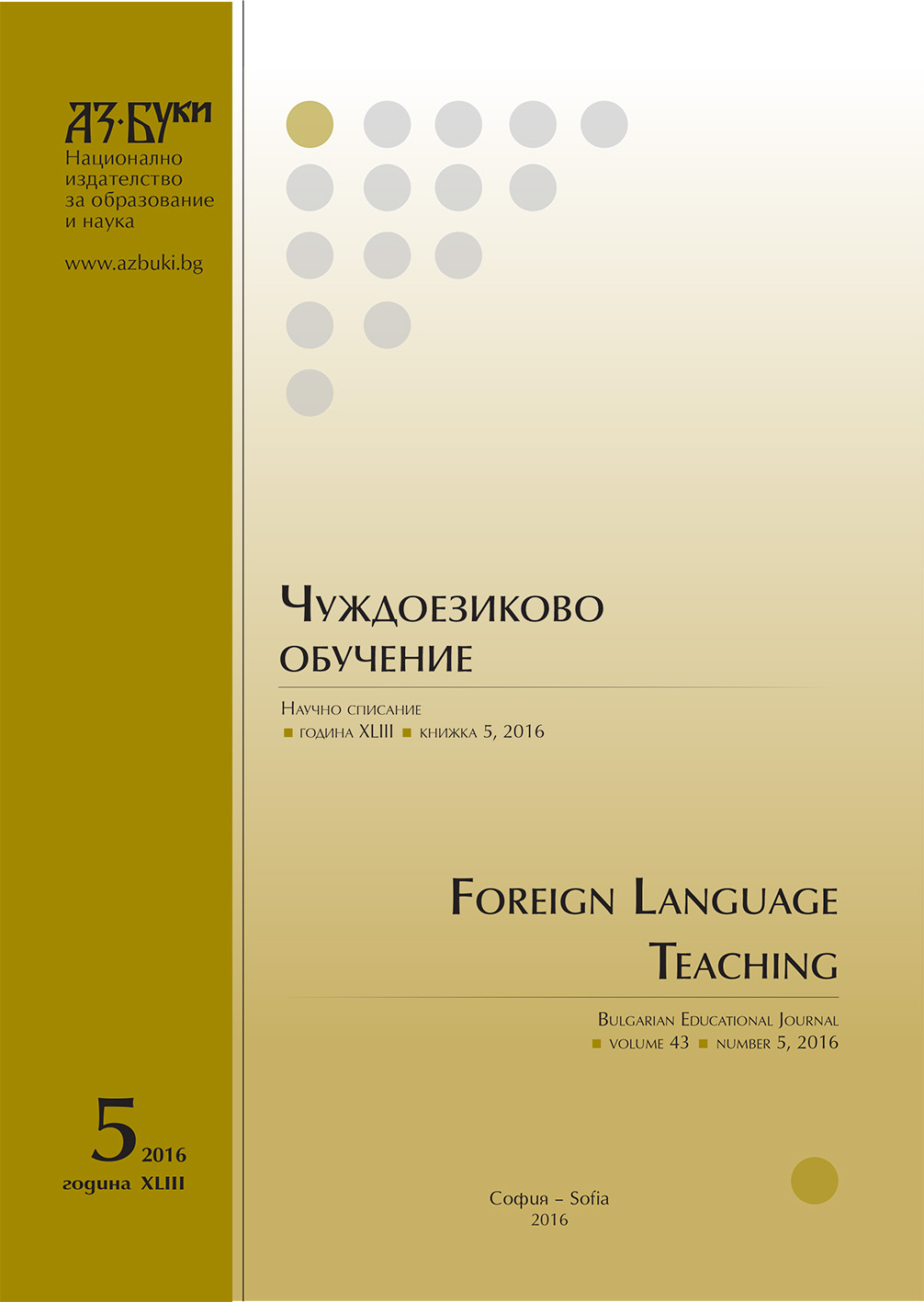
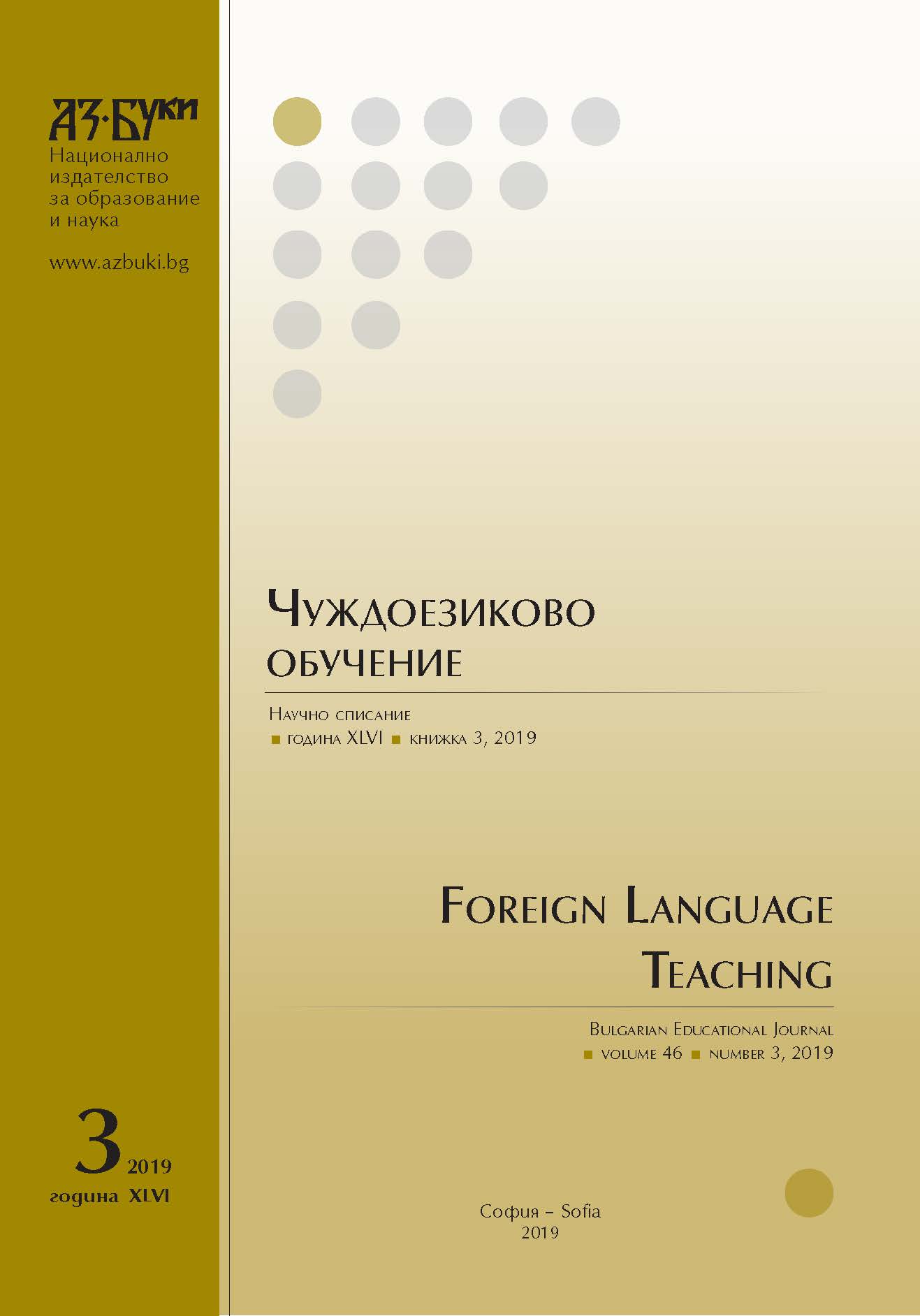
The intrusion of Turkic words into different languages is long and complex process that requires serious and in-depth analysis of the extracted material. The analysis of common borrowings in two languages from different groups (Bulgarian and French) requires a complex approach based on the comparative empruntology between lexical elements of agglutinating language, passed into two Indo-European languages, representatives of the Slavic and Romance groups. The aim of the study is to track the phonetic and grammatical changes that occurred during the penetration of Turkic words in Bulgarian and French and outline the thematic fields and the changes in their semantics
More...
The article considers the problems of scientific knowledge in conjunction with the formation of a person in the modern information space. Various philosophical schools and their concepts about the process of cognition, as well as the evolution of these views, are considered. A comparative analysis of modern Western European thought and the heritage of the philosophers of the “Golden Age of Islam” has been carried out. Based on the analysis, a conclusion is made about the need to set new tasks for such a discipline as social pedagogy.
More...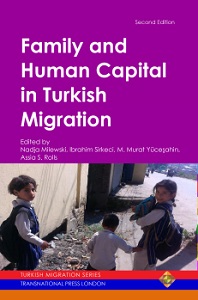
In the 1960s, German industry was in need of low-skilled labour and started to recruit ‘guest workers’ (Crul and Vermeulen 2003: p. 970). Many of these labour migrants came from Turkey. In 2011, about 1.6 million individuals of Turkish origin lived in Germany, constituting that country’s largest migrant group (Statistisches Bundesamt, 2011). Several studies report that on average, the socioeconomic status of Turkish immigrants is lower than that of native Germans. Furthermore, they are the least well integrated migration group in Germany (Diehl & Schnell, 2006). Research in Germany mainly focuses on the German language ability, but knowledge of the heritage language can help to maintain the immigrants’ ties to their ethnic culture, which in turn can facilitate their psychological adjustment. The stronger roots in the ethnic culture may facilitate their social and cultural adjustment through the ethnic community and may also facilitate their adjustment to the host culture (cf. Park et al., 2012). In the following paper we seek to answer the question of how children of Turkish immigrants in Germany are able to learn their heritage language (language retention/maintenance).
More...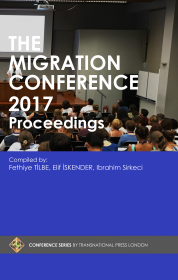
Migration, language and identity are three interrelated concepts. These concepts have important effects on the lives of moving families, as their lives are social realities. In this research, it is aimed to focus on the 1989 migration from Bulgaria to Turkey in order to determine the problems especially language related problems, which people who immigrated in 1989 and afterwards to Turkey came across and their effects on their identities. To be able to find proper results qualitative method was used in this study. In-depth interviews were conducted to understand the difficulties in relation to language inabilities, adaptation problems, perceptions, acceptance or exclusion. So the research questions are: What were the problems of immigrants who moved from Bulgaria to Turkey? and How did these problems affect their identities? The novelty of this research is that it is focused on not only to people who emigrated but also their children who were born either in Bulgaria or in Turkey. So, it is possible to make comparison among the people who lived the act of moving and their children whom may also have lived or just felt it in their lives. This also makes it possible to determine changes in time.
More...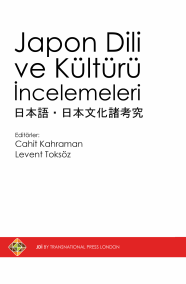
本研究では、日本語のノダ形式、特にその疑問形式であるノカ 形式についてトルコ語との対照を試みる。先行研究で指摘されてい るとおり、ノダ・ノカ各形式は疑問のスコープの拡大、またある文 と先行する背景や文脈との関連付けを行う機能を有している。この ことは、トルコ語でも疑問文に見られる現象であるということを本 稿では指摘する。したがって、ノダあるいはノカは、トルコ語を母 語とする日本語学習者にとっても習得が困難であるということを必 ずしも意味しない。しかし、実際の指導においては「なぜ(どうし て)」疑問詞を伴う際にノダを伴わないという誤用が見られるため、 文法指導においては上述の疑問詞とノカ形式が呼応関係にあること を強調する必要があると本稿では主張する。また本論文では、「なぜ(どうして)」とノカ形式の呼応関係を先に導入しておき、日本 語学の先行研究の知見で指摘されている関連付け等の機能について は日本語の疑問詞を導入し終えたのち改めて行うことを実践上有意 義であると提案する。
More...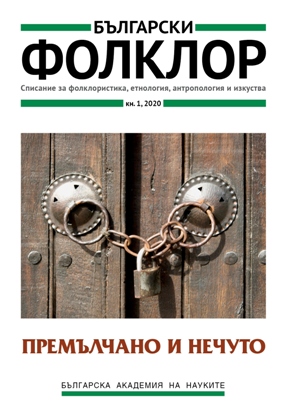
The türbe of Elmalı baba in the village of Bivolyane is probably the most visited by the Heterodox Muslim Turks place of pilgrimage in Eastern Rhodopi Mountains in Bulgaria. Nevertheless, there is no information about a narrative dedicated to the worship of the saints there. Most probably the reason for that is connected to two traumatic events: the closing of the türbe by Sultan Mahmud II in 1826 and the forceful change of the names of the Turks in Bulgaria in 1984–1985. The article offers a hypothesis explaining the existence of an extremely rare co-presence of six (considered male) and one (worshiped as female) graves, which have appeared in the period between these two traumatic moments.
More...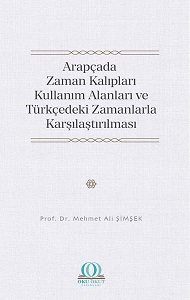
Time is a phenomenon interlinked with an act because an act must occur at a specific time. There are three foundational times in all languages. These are past, present, and future. The time of occurrence for a specific action is indicated in Arabic by the verb because it expresses the time of action. Verbs in Arabic get separated into three forms: the perfect, the imperfect, and the imperative, a version derived from the imperfect. The basis of the time system in Arabic is composed of these three forms. The perfect indicates the past, the imperfect indicates both the present and the future, and the imperative indicates the future time. These times expressed by verbs are morphological times which the verbs provide independent of any context. Time can also be expressed with forms other than verbs. These forms are the active participle, the passive participle, the verbal noun, and the infinitive. Time expressions of these forms occur when used within sentences. This is called syntactical time. Syntactical time can only be understood by looking at the whole sentence. Because the factor that expresses the tense, here, is the fluency of the sentence and the context of it, rather than the forms used. When associated with syntactical time, the perfect can refer to present tense and future tense. The same goes for the imperfect as well, it may refer to the past tense. The time indicated by the verbs and the other forms -which act as verbs- can be inferred with the knowledge of their either linguistic or situational con-text. Prepositions especially provide for these tense changes that occur in sentences. For example, the imperfect verb used with ﻢـْ ﻟَ and ﺎﻤﱠﻟَ indicates the past tense, and the perfect verb used with the conditional preposition نْإِ refers to the future tense. The imperfect verb; except for ﻢـْ ﻟَ and ﺎﻤﱠﻟَ , when it comes as meczum or as mansup, refers to past tense, and refers to future tense when it gets used as merfu. Therefore, to understand the tense of a sentence in Arabic one must recognize the prepositions in it. Apart from prepositions, which provide linguistic con-text, the expression of time can also be determined by the situation at the moment of utterance. The situational context, which we call hâlî karine, plays a major role in determining the tense expressed by verbs and nouns which get used instead of verbs. In the first part of our study, The Forms of the Time in Arabic, Their Places in Use and Comparison with the Times in Turkish, occurrences of the morphological and the syntactical times are observed along with their usage areas. In the second part, Arabic counterparts of Turkish Forms of time are given and compared. By doing so, it is aimed to make learning and teaching the forms of time, in Turkish and Arabic Languages, easier.
More...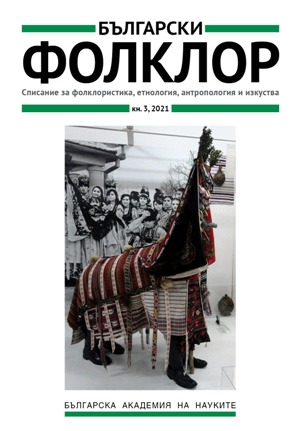
This contribution explores the music performance during the reading of a barely known and insufficiently studied life of the Prophet Muhammad, İpsala'lı Ebu'l-Hayr Mevlidi, better known as Mustafa Mevlidi. That life is used in the Mevlid rituals in the region of Krumovgrad and in some villages near the town of Haskovo. In order to present in fullness the specific local characteristics of the music connected to religious practice in the studied region, the author describes in detail the peculiarities of the music in the cami practice. The main characteristics of the ritual are delineated: its structure, the occasions on which it takes place, and the way of performing it. In the course of analysis of the musical material, which has been recorded in the region of Krumovgrad, the author also adds musical examples from the Mevlid ritual among Sunni Turks from other parts of Bulgaria. The main fieldwork material utilized in the study has been personally collected by the author between 2010 and 2021.
More...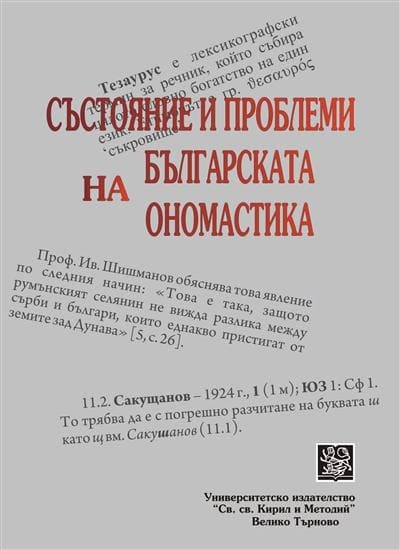
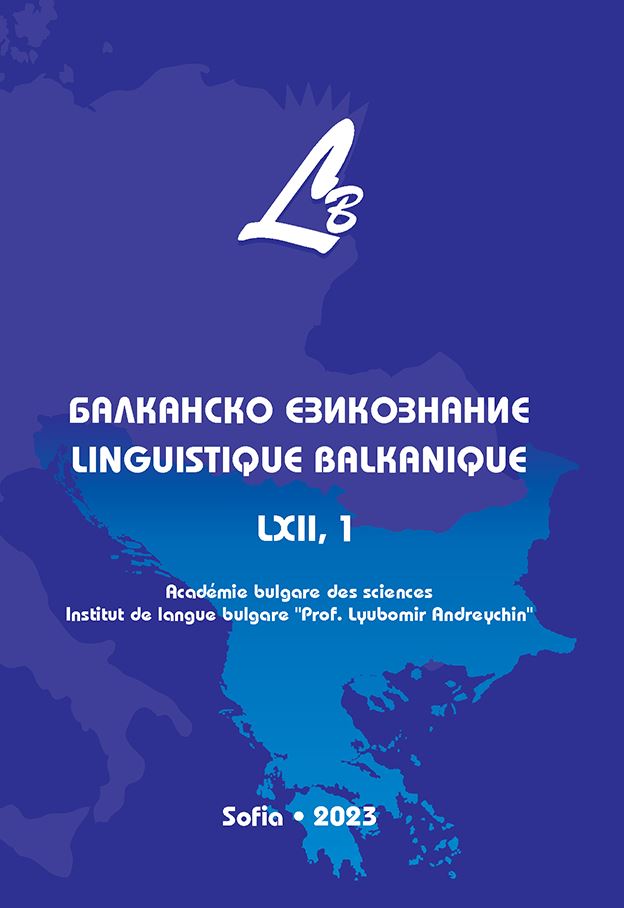
The present article is focused on the similarities existing between some of the characters of the Caucasian Albanian script and some of the graphemes of the so called “runic inscriptions” from the 10th century Bulgarian rock monasteries from Murfatlar and Krepcha. The similarities in question do not only concern the shape of some of the “runic graphemes”. Obvious parallels between the designations of the Caucasian Albanian characters and the “ordinal numerals” from the Proto-Bulgarian calendar are discussed, too. After analyzing these similarities and making a critical discussion on the different attempts at etymologizations of “the ordinal numerals” of the calendar on the ground of the Turkic -r/-l languages, I conclude that the numerals reflect designations of letters from an unknown writing system created for some of the clan languages of the Proto-Bulgarians and partly or entirely based on Caucasian and Semitic written traditions.
More...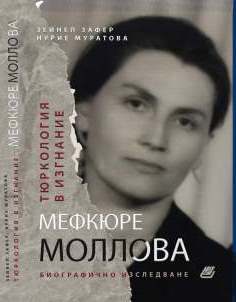
Mefküre Mollova was the first Turkish woman and university professor in Bulgaria, who defended her Ph.D. thesis in the field of turkology and gained international fame for her research. She is the author of over 150 publications in prestigious international journals that continue to be cited today. Mefküre Mollova was among the founders of the Turkish Philology at the University of Sofia. She had worked for only about 7 years (1953-1961), when she and her husband were dismissed from their academic positions on false claims, and the Department was closed. She remained outside the academia until the end of her life.
More...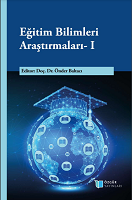
As an indispensable element in learning-teaching process, asking question is one of the most frequently used techniques in almost all classes. Questions are used at all stages of a class such as to introduce the subject, to deepen the thought and reach a conclusion, to summarize and evaluate the subject. The questions, which act as a bridge between the student, the subject, and the teacher, are used not only for teaching purposes but also for evaluation purposes. Turkish language teachers definitely use the questioning technique in the teaching of four basic language skills (reading-listening-speaking-writing). Both for teaching and evaluating what is learned at every stage of the Turkish class, questioning technique is used to prepare the student to teach the text with preparatory questions, to measure the level of students' understanding of the texts after reading and listening texts are taught, to make the students speak and to improve their speaking skills. Turkish teachers should improve themselves on questioning strategies. It would be beneficial for Turkish language teachers to know question types and how questions are classified to have a good command of cognitive levels and to consider them while preparing questions.
More...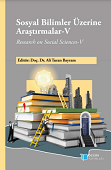
According to the criterion of whether the referent is linguistically textualized or not in the universe of discourse, the usages of modern Turkish demonstratives can roughly be divided into the text dependent use and the non-text dependent use. Also, according to the criterion of repetition or deletion of the antecendent noun, the text dependent use of the demonstratives can further be subdivided into the anaphoric use and the non-anaphoric use. This study primarily focuses on some deictic properties preserved in the usage of the (text dependent) non-anaphoric bu, which are specific to the non-text dependent use, and reveals that all instances of the non-anaphoric bu can be treated as an intermediate form between the non-text dependent use and the anaphoric use, which is closer to the non-text dependent use. The following are the points argued in the text: (i) the non-anaphoric bu has the property of asymmetry which cannot be observed for the non-anaphoric o, (ii) the distribution of bu may vary depending on whether the referent is treated from the common perspective of the speaker and the hearer or not, (iii) o is a distance-sensitive demonstrative while bu is not, (iv) the difference between bu and o mentioned in (iii) can be explained by Balpınar's (2012) concept of controllability, (v) a referent is always accessible for the writer/reader as long as it remains within the controllable domain of the writer/reader. In this sense, it serves as a visual/situational referent reflecting the topic of the text. Besides, on the basis of the observations in (i)-(v), this study suggests that the non-anaphoric demonstrative bu has stronger deictic properties compared to the non-anaphoric o, and this account can be regarded as a consequence of the reflection of the deictic properties seen in the non-text dependent use on the (text dependent) non-anaphoric use.
More...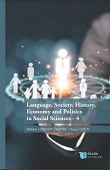
Eş anlamlılık farklı sözcüklerin aynı kavrama işaret etmesi olarak açıklanabilir: “İki ya da daha çok sayıda göstergenin aynı anlama gelme, ayrı gösterenlerin aynı gösterileni belirtme özelliği” eş anlamlılık olarak ifade edilir (Vardar 2007: 94). Eş anlamlılık dilbilimciler arasında tartışmalı bir konuma sahip olsa da genel olarak farklı sözcükler arasında tam eş anlamlılığın mümkün olmadığı ve sözlüklerde eş anlamlı olarak sınıflandırılan sözcükler arasında kullanıldıkları bağlamlara göre küçük veya büyük anlamsal farklılıkların ortaya çıktığı söylenmektedir (Akçataş & Arı 2018).
More...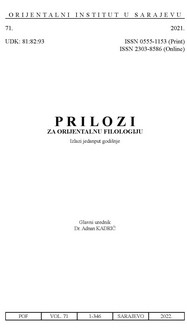
Review of: Mahmud Derviš, SABRANA DJELA, POEZIJA, I-IV, prijevod s arapskog: Džemo Redžematović, Horizonti – centar za međukulturno razumijevanje, Podgorica 2022, 510+478+400+278 str. Olga Vladimirovna Sarıgöz, Praktičeskaja grammatika sovremennogo tureckogo jazyka (v dialogah i tablično-shematičeskih objasnenijah) // Praktična gramatika suvremenoga turskog jezika (u dijalozima i tabličnim objašnjenima//, URSS, Moskva, LENAND 2022, treće prerađeno izdanje, 426 str. Amina Šiljak-Jesenković, RE/KONSTRUKCIJA PRIČE O LJ/ljUBAVI: FABULE I IZBOR STIHOVA IZ MESNEVIJA U PRIJEVODU NA BOSANSKI JEZIK, Univerzitet u Sarajevu – Orijentalni institut, Posebna izdanja LXVIII, Sarajevo, 2023, 570 str. Emrah Seljaci, POEZIJA FEVZIJA MOSTARCA NA OSMANSKOM TURSKOM JEZIKU, Fondacija “Baština duhovnosti”, Mostar, 1444/2023, 105 str. Aladin Husić, DEVŠIRMA U BOSNI (O REGRUTACIJI BOSANACA U JANJIČARE), Posebna izdanja LXIX, Univerzitet u Sarajevu – Orijentalni institut, Sarajevo, 2023, 164 str. Elma Korić, OBLIKOVANJE GRANICA BOSNE: BOSNA U AHDNAMAMA I HUDUDNAMAMA IZ 16. I 17. STOLJEĆA, Univerzitet u Sarajevu – Orijentalni institut, Posebna izdanja LXVII, Sarajevo, 2022, 174 str. Faruk Taslidža, IZMEĐU RATOVA – NA GRANICI SVJETOVA: DRUŠTVENO-PRIVREDNI ODNOSI HERCEGOVAČKOG SANDŽAKA U PRVOJ POLOVINI XVII STOLJEĆA (1606–1645), BZK Preporod, Mostar, 2022, 233 str. Hana Younis, A QADI IN THE CHRISTIAN EMPIRE: THE STAFF AND WORK OF THE SHARIA COURTS IN BOSNIA AND HERZEGOVINA 1878–1914, Univerzitet u Sarajevu – Institut za historiju, Sarajevo, 2023, 430 str. Dijana Pinjuh, Anđelko Vlašić, TRAGOM EVLIJE ČELEBIJA KROZ HERCEGOVAČKI SANDŽAK, Srednja Europa, Zagreb 2023, 290 str. ULOGA I ZNAČAJ GAZI HUSREV-BEGA U HISTORIJI BOSNE I HERCEGOVINE: Zbornik radova sa naučnog skupa “Uloga i značaj Gazi Husrev-bega u historiji Bosne i Hercegovine”, Sarajevo, 22. septembar 2021. godine, Gazi Husrev-begova biblioteka u Sarajevu, Univerzitet u Sarajevu – Orijentalni institut, Univerzitet u Sarajevu – Institut za historiju, Historijski arhiv Sarajevo, Sarajevo, 2022, 305 str. ZAMIŠLJANJE ŽENE: O IDEOLOŠKIM I KULTURNIM KONCEPTIMA ŽENSKOG RODA U POVIJESTI BOSNE I HERCEGOVINE, ur. Sabina Veladžić, Aida Ličina Ramić, Fondacija Heinrich Böll, Sarajevo, 2023. Dženita Karić, BOSNIAN HAJJ LITERATURE: MULTIPLE PATHS TO THE HOLY, Edinburgh University Press, Edinburgh, 2023, 256 str. Katalog arapskih, turskih, perzijskih i bosanskih rukopisa, Svezak treći. Obradio Hamza Lavić. Historijski arhiv Sarajevo, Sarajevo, 2022, 370 str.
More...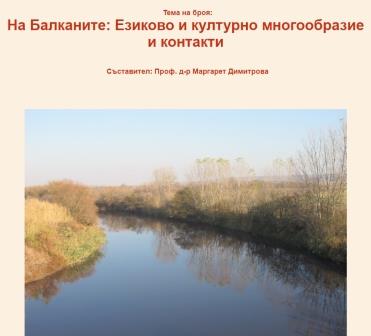
This paper approaches the naming word order in Bulgarian dialects from different regions of the country and from Bessarabia. In these dialects, the family name is placed first, then the father’s name follows, and the given name stands at the end. The author supposes that this phenomenon has appeared in the Bulgarian dialects under Greek and Turkic influence.
More...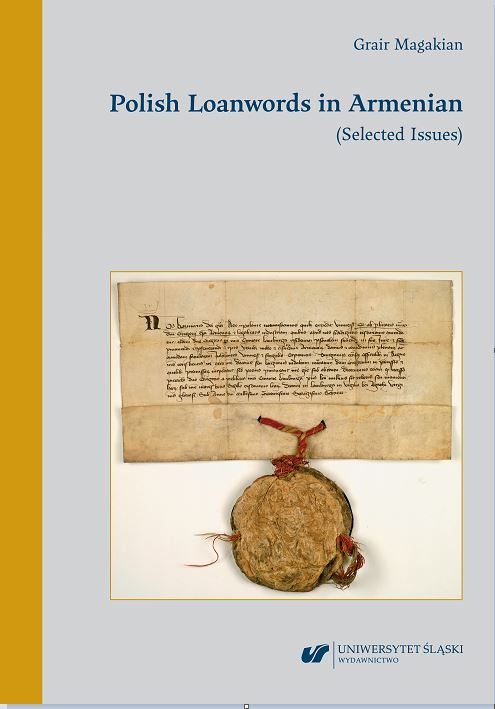
The book examines issues related to loanwords from Polish in the Armenian language (mainly in the dialect of Polish Armenians), the analysis of which, unfortunately, points to numerous etymological obvious errors in some previous studies. The presented problems are of particular scientific importance for Slavic, Turkic and Armenian scholars. The book idea is new, because so far no one has made any comparative analysis of the etymology of loanwords of Polish origin in Armenian. I mean layered linguistic analysis, covering the origin of the above-mentioned borrowings, their meaning and application in both daily and professional life of Armenians living in particular in Eastern Poland, etc.
More...